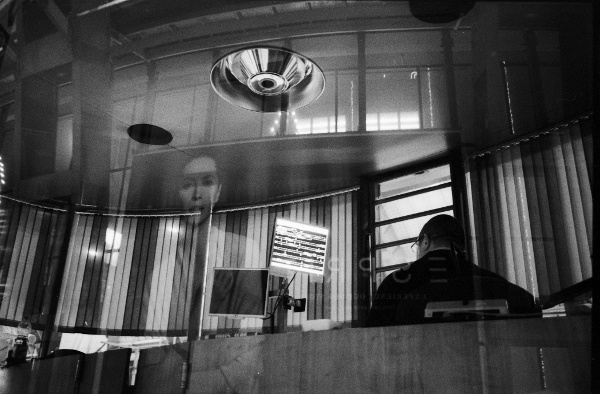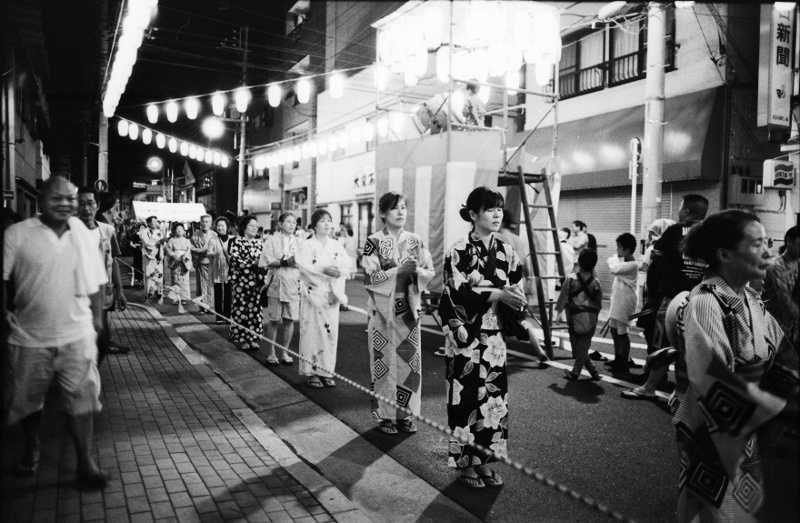newsgrunt
Well-known
I don't need to get my calculator out to tell me that you have WAY TOO many lenses Tom ! How about an Xpan panorama shot ha ha.



I like the idea of HC 110 as a stand developing "soup" - might try that this week end. I have couple of rolls to finish off (Trix) so timing is good!

[...]Those are extreme examples, but I find a lot of things do not have an "Even" tone distribution.

Tom - many times PanF in say bright day can be a bear to tame, any thoughts on PanF? I've my first bottle of Rodinal coming and wonder if you or anyone have some PanF+ thoughts?



Chris -- regarding the white guy in the white suit -- his shoes better fall on Zone III or IV or else I'm not hanging out with him. The white suit is bad enough.
Good explanation! I guess the art is to let the brightness values of the scene fall into the right zones to get a visually appealing image. That does not necessarily mean to have a normally distributed or even histogram centred at zone V, it really depends on the scene and how one wants to render it. Tom's car shot is actually looking quite good to my eye. Very nicely defined darker surfaces, sparkling highlights and good sharpness.
Once or twice, I have. The most obvious example was shooting torn, faded Victorian wallpaper on plaster of very nearly the same colour and reflectivity. Another example can be shooting in mist. But I'd agree that it's very, very seldom needed unless you're a devotee of Mortensen.Yep, that's the secret! Its why built in light meters in cameras that average the scene often give bad exposure, they try to average everything to the center, to zone V. Works fine for 'average' scenes, but fails if the scene is mostly light or mostly dark stuff.
I use a spot meter to read the darkest thing that I want to retain detail (its ok for very dark things to go pure black) and I set exposure for it to fall on Zone III (underexpose 2 stops from the meter's reading). For negative films, the dark tones are what is critical. Light tones can take a lot of over or underexposure and still have detail, but dark tones have to be right....or at least not underexposed at all.
I then check any white stuff I want to have texture or detail and be sure that it doesn't fall above zone VII for full detail or zone VIII for texture when I use the exposure I determined to keep the dark tone at zone III.
If the light tones are too bright, I reduce developing time to bring down contrast. I have never seen a situation where I needed to increase contrast by increasing developing time. In the real world, too much contrast is usually the problem, not too little contrast. Note that when you reduce developing time, most films lose speed, requiring you to increase exposure 1 stop over what you determined with your zone III reading. Basically, put the dark tone on Zone VI....the reduced developing time will bring it down to zone III where it belongs and will bring the light tone down even more.
Real nice Chris, thanks. I will be doing the whole gamut of testing and it is wonderful to see your success.
Very nice! Printing and hanging that in my DR for sure! That "Don't Vote" print above is incredible in a multitude of ways!




